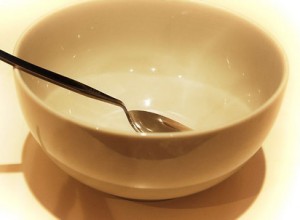2.2 million Somalis face severe hunger – UN
 The Food and Agriculture Organization of the United Nations (FAO) has warned that some 2.2 million Somalis could face severe hunger in during the July-September period due to drought.
The Food and Agriculture Organization of the United Nations (FAO) has warned that some 2.2 million Somalis could face severe hunger in during the July-September period due to drought.
The UN food agency, which issued a special alert on Somalia on Wednesday, said life-saving and livelihood support are urgently needed to prevent loss of lives due to disastrous drought.
Mario Zappacosta, FAO senior economist and leader of the Global Information and Early Warning System (GIEWS), said a significant lack of rains in April and early May has rendered dry and barren up to 85 percent of the croplands in the country’s breadbaskets and according to the latest projections, food grown during the “Gu” season is likely to be 50 per cent below average.
“Rains in April and early May can make or break Somalis’ food security for the whole year as they are crucial for the country’s main annual harvest in July, following the “Gu” rainy season,” Zappacosta said in a statement issued in Mogadishu.
The alert indicates that the number of hungry people in Somalia this year is expected to be 40 percent higher than estimates made at the beginning of 2019.
The alert says a deteriorating nutritional status is also of major concern, adding that acute malnutrition rates as well as the number of acutely malnourished children being admitted to therapeutic feeding centers have sharply increased in 2019.According to FAO, poor rains since last October have also taken a heavy toll on herders and their livestock as vegetation has been drying up and water has been increasingly scarce.
The FAO alert warns of a worrying number of animals in very poor health conditions, due to low body weight and drought-induced diseases, in the country’s central and northern regions.
“Herders in the worst drought-affected areas, such as central Galgaduud and in northern Bari and Sanaag regions, have been forced to slaughter the offspring of their goats and sheep as they don’t have enough fodder and water for all their animals, and try to save the milk-producing female livestock,” said FAO Somalia Representative Serge Tissot.
Tissot said many herders have not been able to replace livestock lost during the 2017 drought that ravaged the country, so they already have less resources.
“Now, on top of that, as food and water become scarcer, they have to pay higher prices for trucked-in water and their daily food,” he added.
The latest projection, based on data gathered by FAO experts, including analyses of rainfall, temperatures, water availability and vegetation health, points to the worse drought in years.
The UN agency said some rains are expected in May, but these will be insufficient and arrive too late for crop and pasture recovery before the onset of the dry season.
Source: GNA
